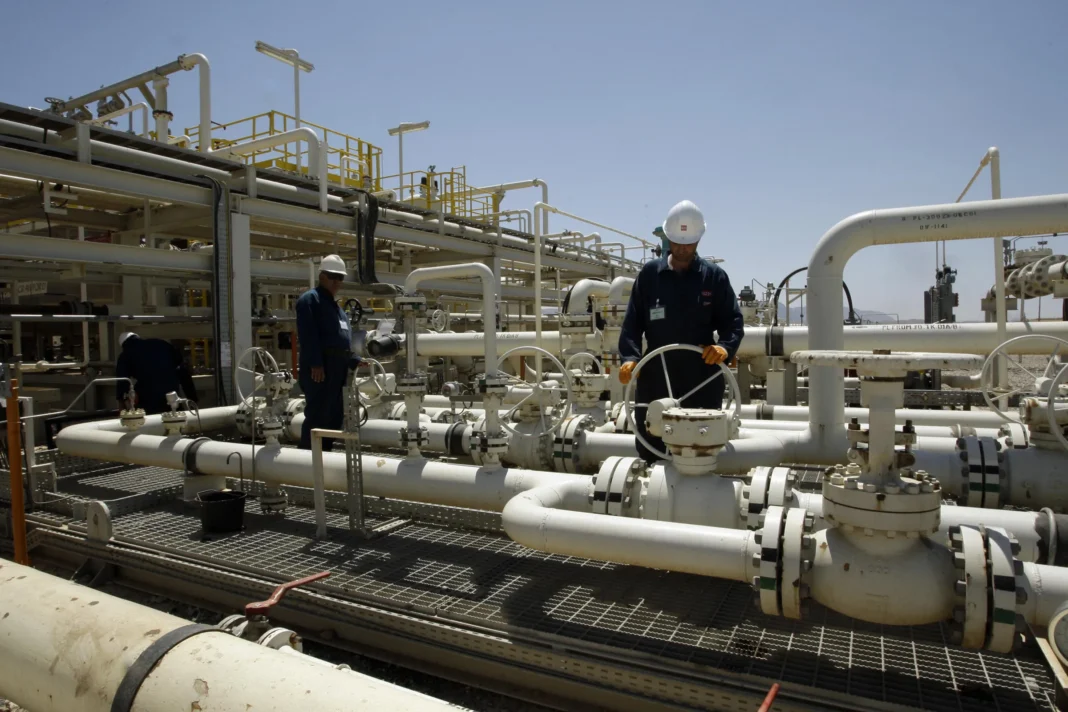Dinar strengthens across Iraq as the US dollar continued to weaken at Saturday’s market close. Both Baghdad and Erbil reported a further drop in exchange rates, boosting confidence in the local currency.
In Baghdad, the dollar traded at 139,600 dinars for every 100 US dollars, based on final figures from the Al-Kifah and Al-Harithiya exchanges. This marks a 200-dinar drop compared to morning rates, showing a consistent decline throughout the day.
At the capital’s exchange shops, the selling price remained unchanged at 140,000 dinars per $100. However, the buying price dropped to 139,600 dinars, aligning with the lower wholesale values seen at central exchanges.
Meanwhile, Erbil witnessed an even sharper decline. Exchange offices there sold the dollar at 139,400 dinars and bought it for 139,250 dinars per 100 dollars. These figures further demonstrate that dinar strengthens across Iraq, not only in Baghdad but also in the Kurdistan Region.
This steady rise in the dinar’s value highlights improved market sentiment and signals growing trust in Iraq’s financial stability. Many observers believe that continued efforts by the Central Bank and government reforms are playing a crucial role.
Moreover, traders have begun responding positively to these trends. Daily currency operations in both Baghdad and Erbil reflect reduced reliance on the dollar, which further boosts the dinar’s resilience.
Although short-term fluctuations remain possible, experts say the trend shows no signs of reversing soon. With consistent decreases recorded across both cities, dinar strengthens across Iraq appears to be the ongoing pattern.
As Iraq pushes for tighter regulation and financial reforms, the local currency may continue to outperform expectations. Investors and citizens alike are now keeping a close eye on exchange rates, anticipating more shifts in favor of the dinar.
This continued performance could encourage more domestic transactions in dinars instead of dollars. Ultimately, if the trend holds, Iraq’s currency might gain greater influence in regional trade and broader financial markets.



